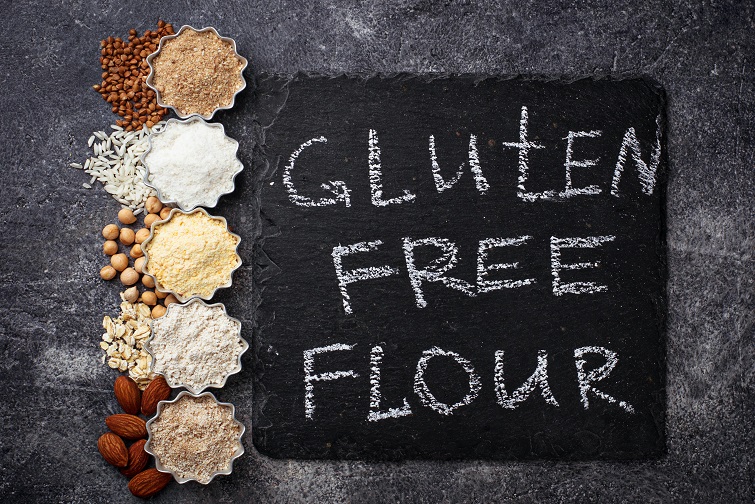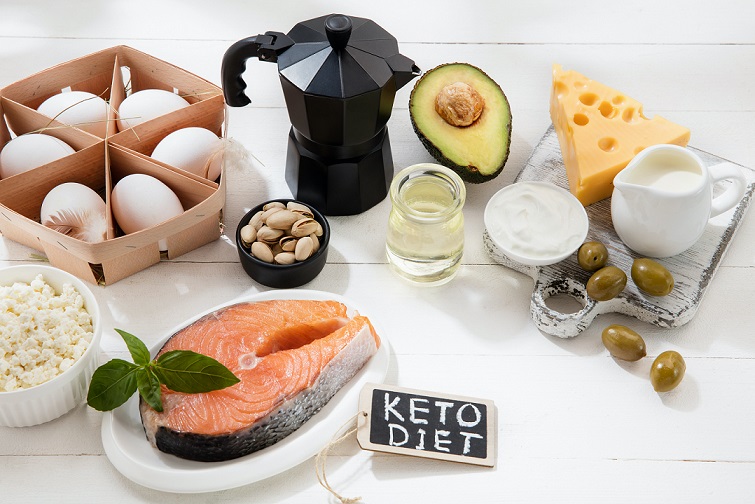Diets
A diet is what we eat and there are so many of them out there. When we use the word “diet”, we usually think about losing or gaining weight. Who we are, how we feel, and how we look in size and shape are the results of what we eat, our eating habits, and all that we do and think.
If we wish to change in any way, we probably need to change our diet – that is, what and how we eat- rather than go on a diet.
There are many popular diets which people follow and continue if they see benefits. While we know what should be added or avoided in these diets, it helps to understand the science behind them before making that shift.
Let’s look at two of the popular ones
Gluten-Free Diet
A gluten-free diet is one that stays clear of gluten – a family of proteins found in grains like wheat, barley and rye.
Let’s dive into the reason why the body may reject gluten. There are two main proteins in gluten – glutenin and gliadin. Glutenin is what gives the dough its elastic structure and makes the breads chewy. Gliadin is the main culprit here!
The reason here is that the human body lacks an enzyme to properly breakdown and digest gluten which can lead to food intolerances and allergies or even a more serious intolerance like Celiac disease. Celiac disease is a chronic autoimmune disorder in which the body releases antibodies to attack gluten. In the process, antibodies wreak havoc on the small finger-like projections called villi in the small intestine which are essential for absorption of nutrients.
I have had a personal experience from early 2021 of a constant abdominal pain for weeks together, various tests and scans and eventually no diagnosis but an advice to avoid gluten as it might be the cause!
Did you know that you could be intolerant to only a type of gluten and not the whole range? With gradual elimination and reintroduction of various gluten containing foods, I discovered that I have sensitivity to bread and not all variants of gluten. And this could also be a temporary intolerance, so you could slowly reintroduce the grain to check if you can tolerate it like before.
Happy Result : Promotes gut health, decreases inflammation, neurological benefits.
Not so Happy Result : Might lead to deficiencies in dietary fiber and other nutrients found in grains.
Ketogenic Diet

A ketogenic (Keto) diet has gained immense popularity owing to the fact that it burns fat.
Time to dive into how this works. Body’s first source of fuel and energy is carbohydrates. When the body does not have enough carbohydrates on hand, it will turn to fat. The metabolic state in which your body is actively burning fat, instead of carbohydrates for energy is called Ketosis.
The Body and brain are designed to work on two types of fuel:
- Glucose or Blood Sugar – when carbohydrates are available, body uses these to produce glucose
- Ketones – when carbohydrates are not available, body will turn to fat and produce Ketones (Ketones are the by-product of the breakdown of fatty acids in the liver. They are a replacement fuel only used when there is no presence of glucose.)
On a hormonal level, restricting carbs decreases insulin and increases glucagon moving the body from storage mode to burning mode. And what is insulin? It’s a storage hormone that causes glucose to be stored in muscles as glycogen, and free fatty acids to be stored in fat tissues as triglycerides. And glucagon is a fuel mobilizing hormone stimulating the body to break down stored glycogen, especially in the liver to provide glucose for the body.
The ketogenic diet requires the diet to be 70-80% fats, 15-20% proteins & 5-10% carbs.
Happy Result : Weight loss and improved body composition
Not so Happy Result : Can lead to severe dehydration and can be dangerous if ketone levels become too high.
Would you like a meal plan to start any of the above diets with a shopping list and nutrition guide? Drop me a message below and we can work together on the best plan for you